Mountains through the eye of the camera
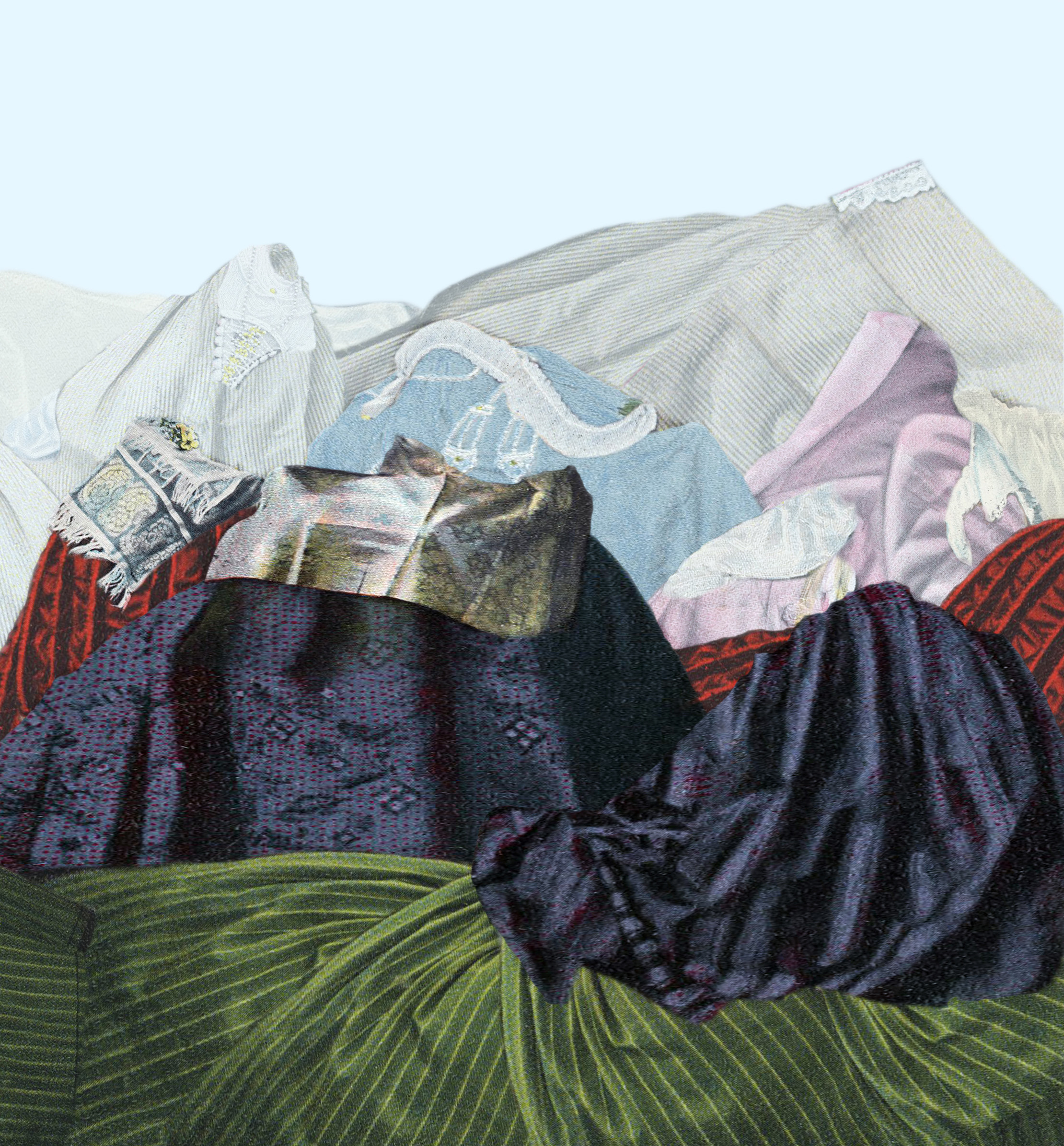
Snow-capped peaks and unspoiled wilderness have always been timeless sources of inspiration to artists, but what do mountains mean to today’s young photographers?
The picturesque village of Rossinière, nestling in the Sarine Valley between Chateau d’Oex and Gruyères, hopes to answer this question. It recently opened its doors to the second Alt+1000 contemporary mountain photography festival.
The quiet village of just 400 inhabitants is best known for its 17th and 18th century wooden chalets and other historic buildings, steep lush green backdrop and typical Pays d’Enhaut mountain culture. It was also home to French-Polish modern artist Balthus, who lived and worked at the famous Grand Chalet with his wife from 1976 until his death in 2001.
Some of his magic seems to have rubbed off on the organisers of the photography festival who, after the initial success in 2008, have decided to raise the bar.
Among the changes, Nathalie Herschdorfer, the former curator at Lausanne’s Elysée photography museum, has been brought in to lend her professional know-how to the young festival, which will henceforth become a biennial event.
“The festival is a way of opening up this beautiful village to exhibitions and a chance for visitors to think about mountain photography,” she told swissinfo.ch. “I hope the exhibition will raise interesting questions rather than just show nice photographs of mountains.
“I wanted to mix genres and techniques – beautiful landscapes but also more conceptual images.”
Multifaceted
Visitors can discover the works of 40 international artists exhibited in ten chalets, barns and other old buildings dotted around the village. Their images evoke the mountain in its many facets: spectacular, awe-inspiring, tamed, constructed, inaccessible or terrifying.
The festival showcases emerging artists as well as established stars like German photographer Olaf Otto Becker, known for his sublime views of endangered landscapes in Iceland and Greenland, and Italian photographer Olivo Barbieri, famous for his large-format aerial pictures of natural and urban settings.
Becker is the festival’s artist in residence. He travelled extensively throughout the 502-square-kilometre Gruyère Pays-d’Enhaut Natural Regional Park at the beginning of the year to take photos of the valleys, meadows, forests, pastures and rocky cliffs between the Vaud Riviera, Bulle, Gstaad and Gruyères.
Barbieri, who shows his Dolomites Project series, is giving a week-long workshop in Rossinière for professional and amateur photographers.
Five young photographers – Swiss artists Marion Burnier, Matthieu Gafsou and Anne Golaz, American Daniel Shea and Dutch Awoiska van der Molen – were selected as the best emerging artists from the 90 portfolios that were submitted.
Young talent
Burnier’s images captures the ephemeral and fragile climatic elements of mountains. Rain, snow, fog, mist or ice saturate the image and form a natural screen.
“It’s not the mountains that are my primary inspiration but the materials that are really interesting – the snow as something delicate next to the hard rock,” Burnier told swissinfo.ch. “I have great respect for the mountains. I’m searching for what is fascinating and mysterious.”
Gafsou’s spectacular images of the Rhone Glacier, Titlis, and Fluela Pass emphasise the relationship between the mountains and their domination by man.
“There are two angles: the mountain as an attraction park and as a place for pleasure,” the La Chaux-de-Fonds photographer explained. “Today people go to the mountains like they go to the beach.
“I have this love-hate relationship with the mountains. There is an ugly side that interests me as a photographer. I want to show how mountains are being transformed.”
Shea’s photographic essay on the destruction of the Appalachian Mountains by the coal industry is a poignant testimony of the political and social realities of the region.
“My goal as an artist is to slow everyone down a little and get a sense of place,” the Chicago artist told swissinfo.ch.
Initially interested in landscapes and their history, Shea said his photographic work in West Virginia had become more social and had “profoundly affected” his opinions.
“I think as humans we’re genetically disposed to be in awe of the mountains and its natural grandeur. To take control and level the landscape is almost a supernatural act,” he noted.
Inspiration
This year Herschdorfer also invited 23 photography students from the Royal College of Art (RCA) in London, giving them carte blanche to explore mountain landscapes.
“What do mountains mean for people living in London far away from the Alps?” pondered the festival director.
James Smith was among 12 RCA students who made the trip to Rossinière before the opening for artistic inspiration. The others dreamed up their images back in Britain.
“I must admit that coming from Cambridge, a city seven metres above sea level, the landscape here is quite fascinating,” said the young artist.
“There is a kind of cultivated wilderness. It’s such a severe, brutal landscape that is quite uncompromising in places… You sense a great deal of respect for space here.”
French photographer Gabrielle le Bayon used Rossinière as the setting for a visual ode to Balthus.
“I still have a very sentimental attraction to the mountains,” she told swissinfo.ch. “I love this landscape which seems so empowering. Mountains are dangerous places that seem to implore us to climb their powerful summits and explore them.”
As an introduction to the contemporary works the public also has a chance to discover the very first photographs of Switzerland – French daguerreotypes by Girault de Prangey made only a few years after the invention of the camera – and the series Swiss Views by the famous 19th century English photographer Francis Frith.
The second Alt+1000 festival of contemporary mountain photography runs in the western Swiss mountain village of Rossinère until September 19.
The works of 40 international and Swiss artists are being exhibited in ten locations around the village, mostly old chalets, barns and other buildings.
Artists on display include Olaf Otto Becker, Olivo Barbieri, Matthieu Gafsou, Anne Golaz, Michael Najjar and Francis Frith, the English pioneer of mountain photography in the 19th century.
The festival is open from Tuesday to Sunday from 11am-6.30pm and in September only at weekends.

In compliance with the JTI standards
More: SWI swissinfo.ch certified by the Journalism Trust Initiative





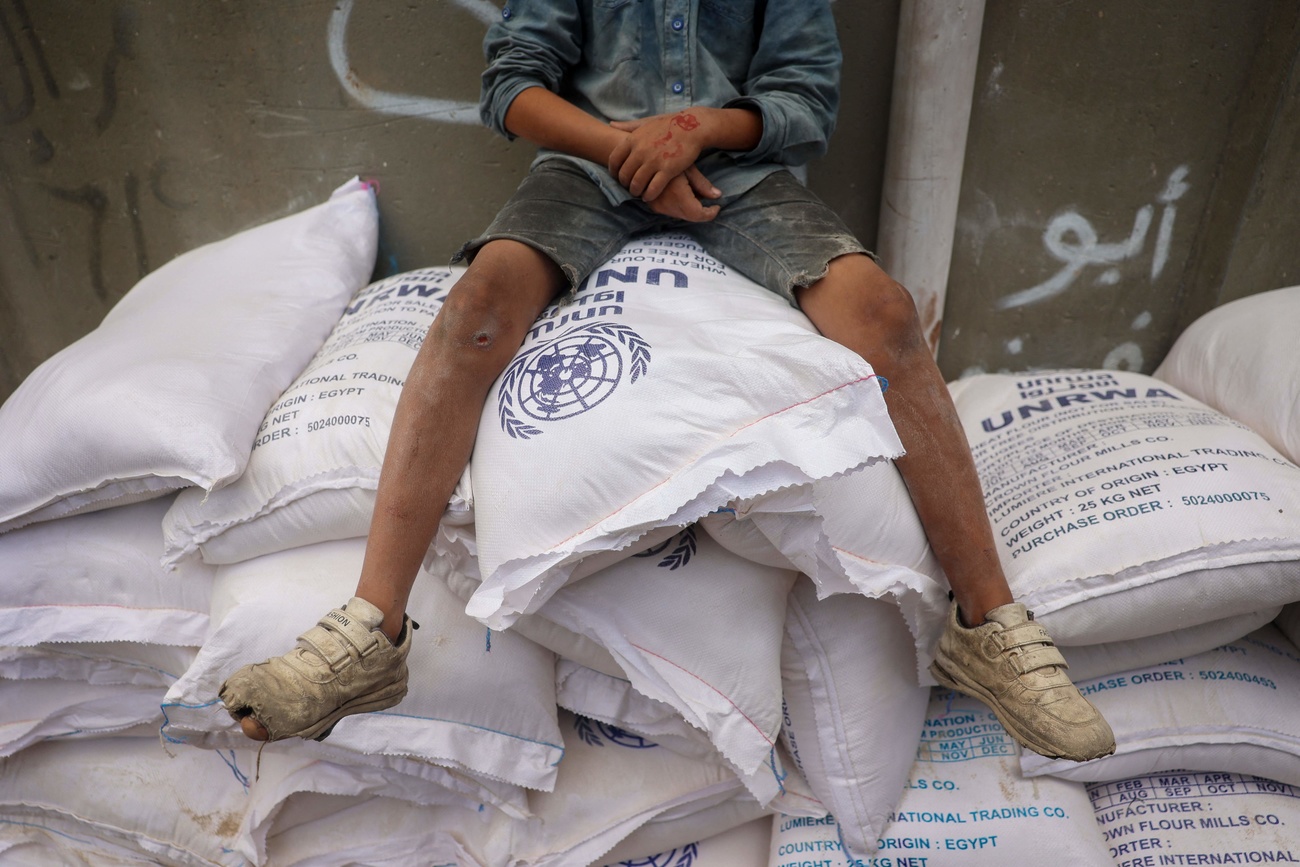



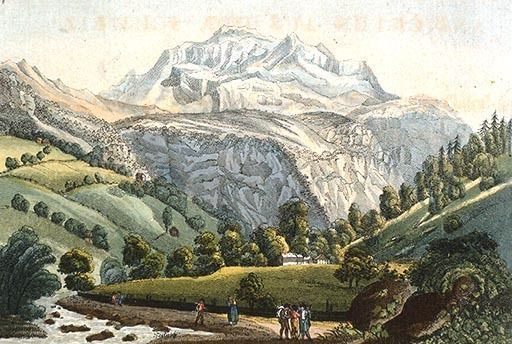
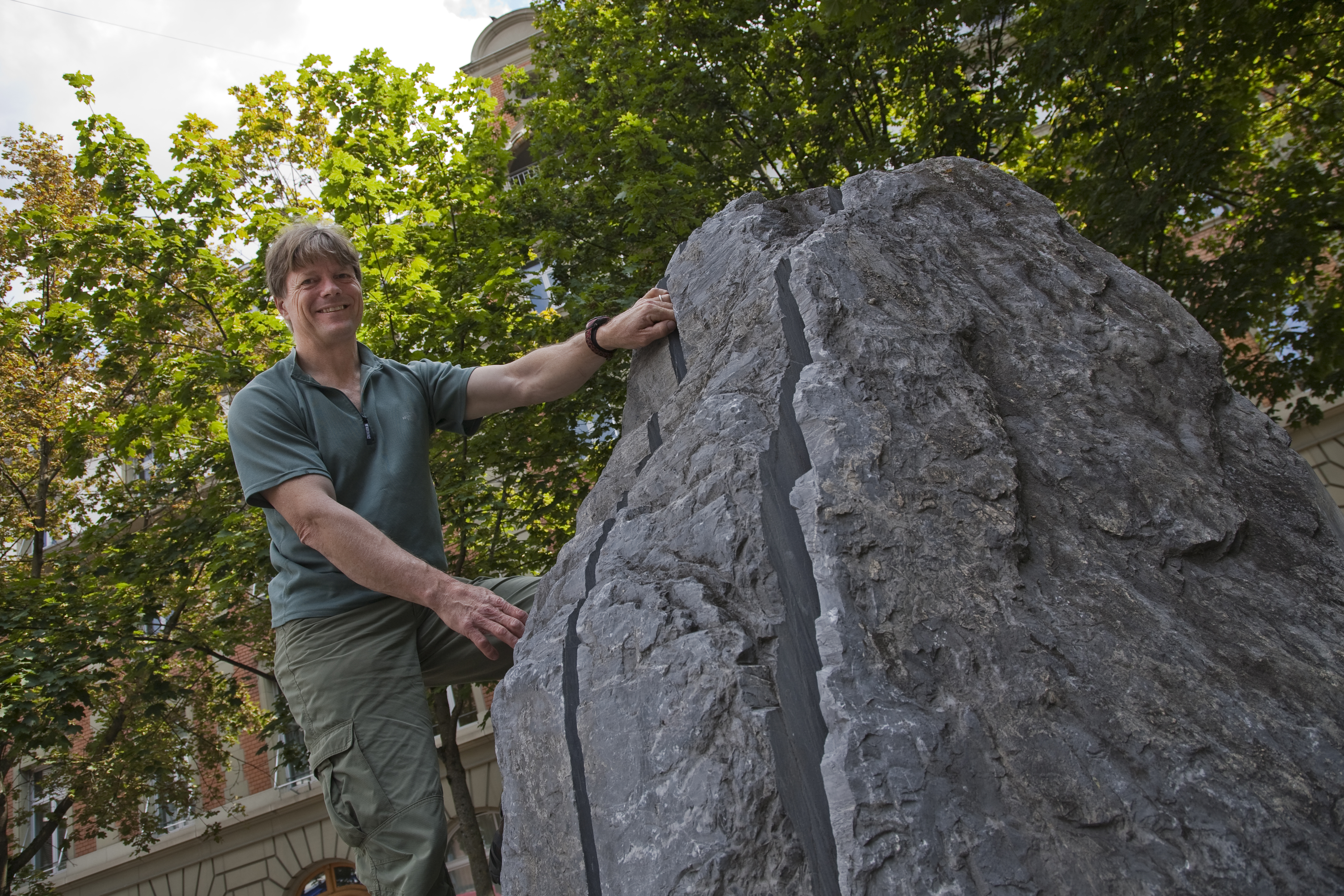




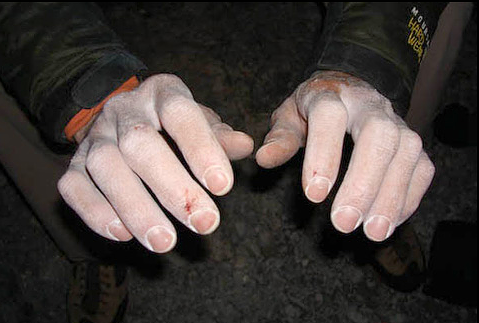


You can find an overview of ongoing debates with our journalists here . Please join us!
If you want to start a conversation about a topic raised in this article or want to report factual errors, email us at english@swissinfo.ch.